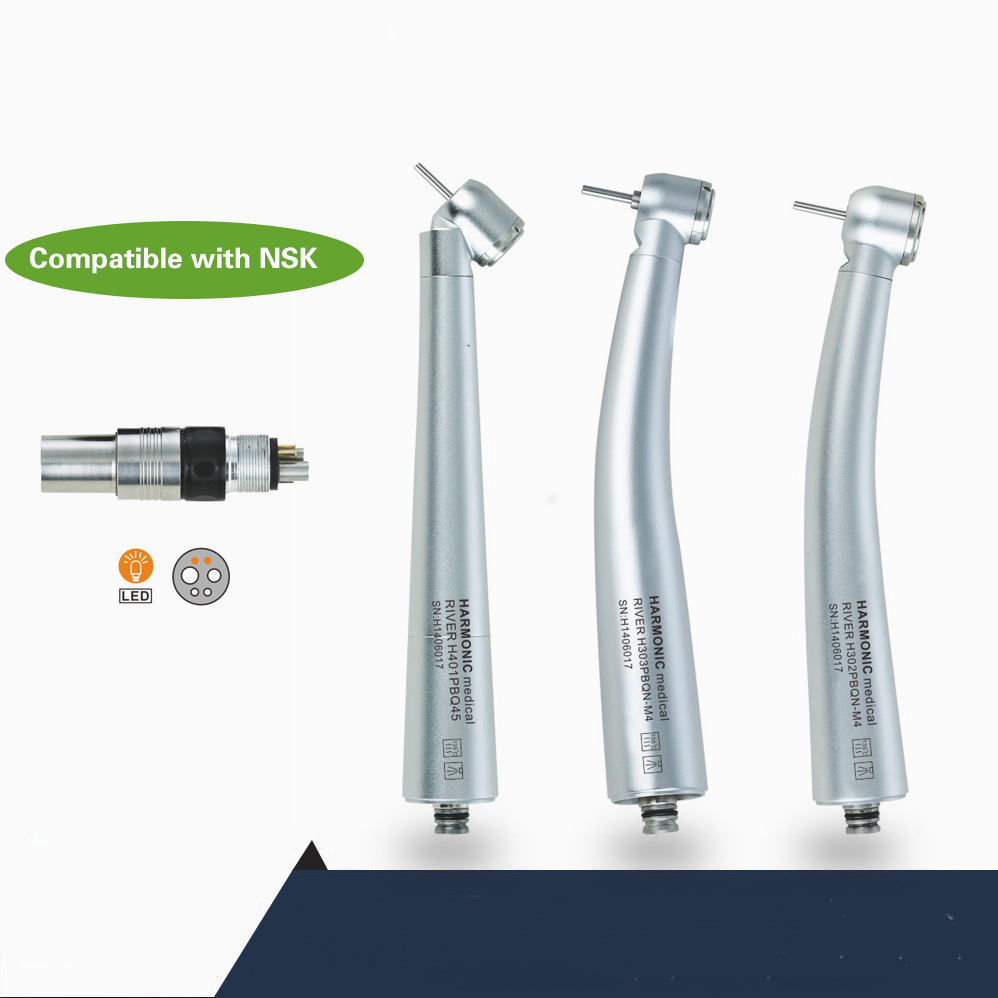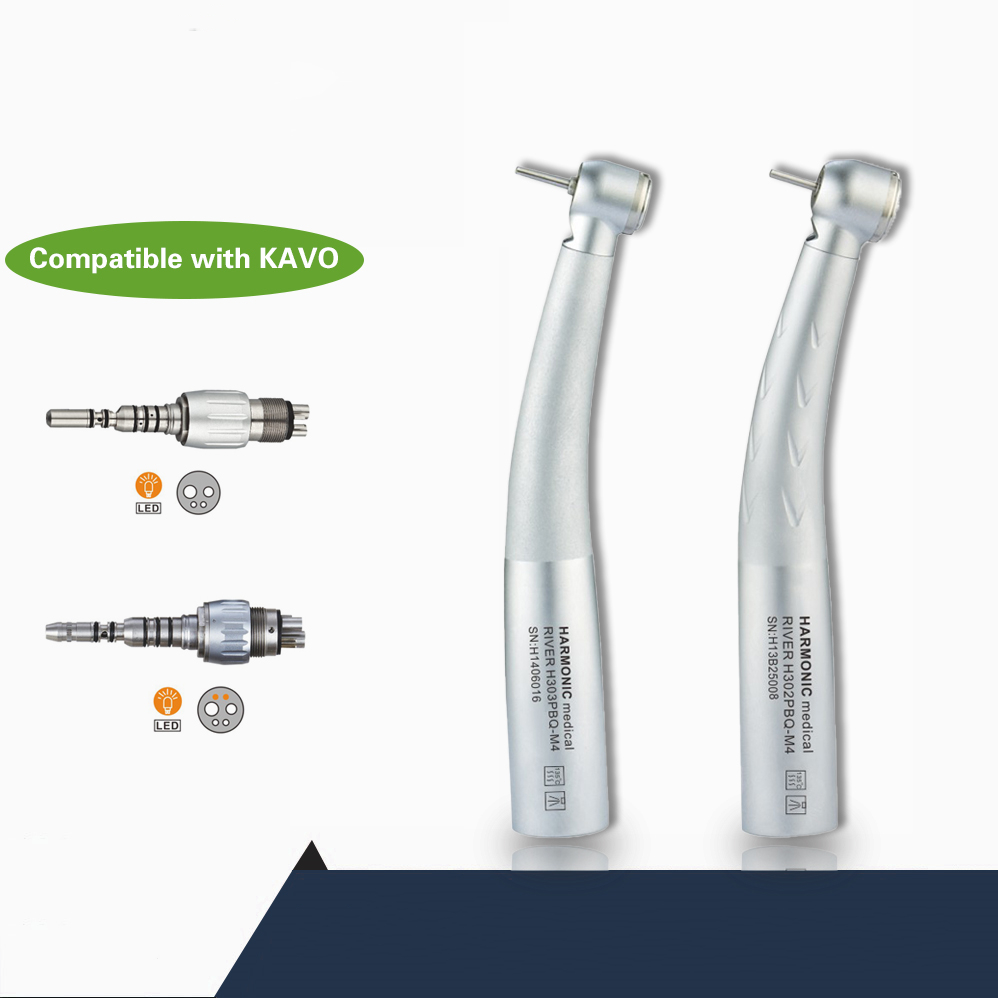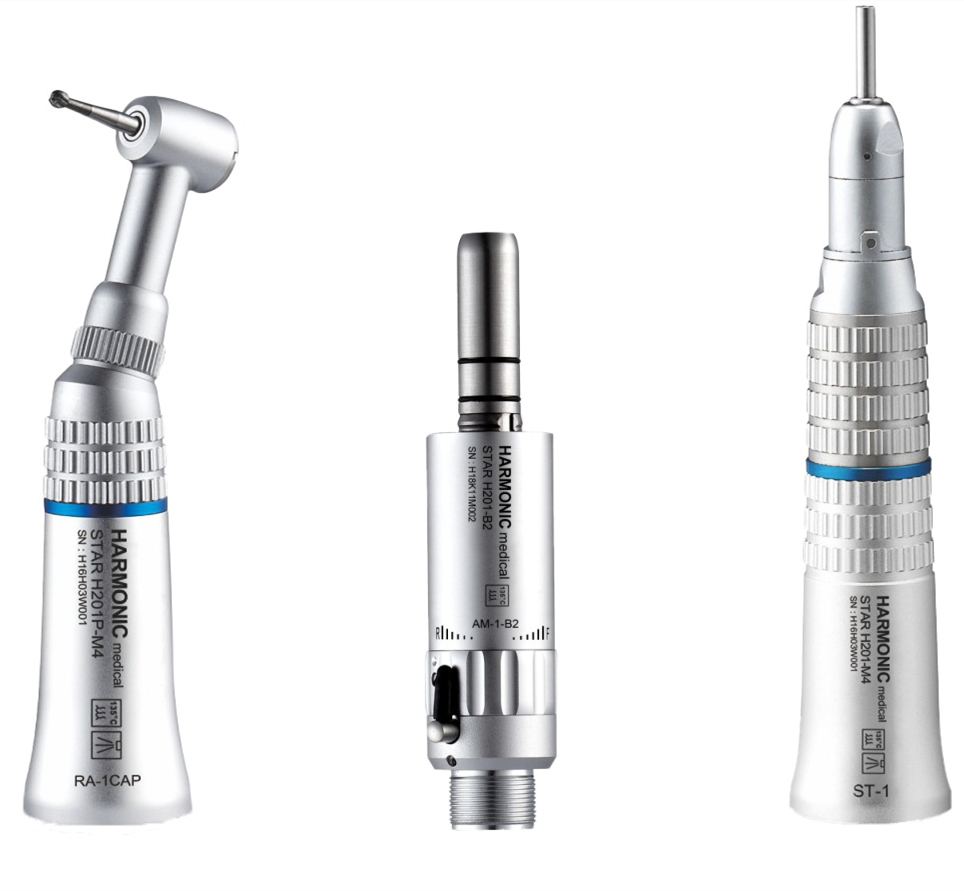The dental handpiece is considered a vital instrument in the dental industry, and the first handpiece was introduced in the 1860s. After this, the handpiece keeps on getting revolutionized in the world of dentistry. Initially, most dentists used a traditional type of handpiece, as technology is developing, the handpiece evolved.
The handpiece has undergone various redesign, tweaks, and improvements, and now the modern handpiece has expanded its usage more than the traditional handpiece. Let’s discuss the different types of handpieces and the handpiece price.
How handpiece is important in the dental industry?
The handpiece is one of the essential products in the dental industry, and it enhances the efficiency of daily dental tasks. Throughout the years, the handpiece has been redesigned and upgraded a lot, and now it has become a highly accurate and sophisticated tool in the dental industry.
The handpiece has been used daily, so there will be a huge variation in the handpiece price, design, quality, and longevity. Even the handpiece comes in different types, and before knowing the handpiece price, it is important to know the types and functions.
Types and functions of handpieces:
- Air-turbine handpiece
As the name suggests, the air-turbine handpiece uses high-speed air pressure so that the dental handpiece can be operated like a cutting instrument. This is one of the most commonly used handpieces in the dental industry, as it is cost-effective and also the repair cost will be low. Other than the cost, it is very powerful as it will remove the damaged tooth in a few seconds, and the lightweight and compact design made this handpiece easily used inside the patient’s oral cavity.
This handpiece can operate up to 4,000rpm, but up to 3,000 rpm is recommended, as while facing a heavy load, the speed is getting reduced to half of the output.
Here, this handpiece comes in two different types which are high-speed and low-speed air-turbine handpieces.
- High-speed air-turbine handpiece
If the handpiece can be operated up to 8,000 rpm then it is considered a high-speed air-turbine handpiece. It comes with a water spray which is located at the head of the device, and its main role is to prevent the handpiece from getting heat and also help them to get cool down.
In certain models, there will be fiber-optic laser light which helps to improve the overall precision and during the complex dental procedure, it will improve the accuracy of the dentist. This kind of handpiece is available in different sizes, colors, shapes, and materials. Mostly, it will operate at a speed between 250,000 rpm and 400,000 rpm.


Functions:
- This kind of handpiece is mainly designed to remove the hard tissues without applying pressure, heat, or vibration
- Removing decay and old fillings
- Preparation of the outline and retention groves for a new restoration
- For the new restoration, it can be used for polishing or finishing
- Preparation of crown or bridge
- Low-speed air-turbine handpiece
The low-speed air turbine handpiece is also similar to the high-speed, but here it will generate a maximum speed output of 10,000 rpm and the lowest is 6,000 rpm. This is the most essential handpiece and it is available in air-driven or in electric too.
This device will spin the dental bur and prophy cup at an average of 50,000 rpm and this handpiece is usually made of lighter materials that come with ergonomically angled designs.


Functions:
- Used to remove caries, and also for refining cavity preparations in the endodontic procedures
- Used for finishing touches in the dental operation
- If it is a contra-angle handpiece – it is used in the removal of decay, finishing cavity preparation, finishing and polishing of restoration, and adjusting crowns, bridges, and dentures
- If it is a straight handpiece – then it can be used for trimming and contouring the temporary crown, orthodontic appliances, and relining of removable dentures
- The prophy angle handpiece –is used to hold prophy cups during the polishing procedure
2. Electric handpiece
The electric handpiece is powered by an electric supply and it is operated using a high-speed motor. This kind of handpiece is versatile and also the dentist can adjust the speed depending on the procedure. The electric handpiece operated at a speed of 200,000 rpm which is the minimum, and in the certain model, the speed can go above this. This really helps the dentist who works in tight angles or difficult angles.

The electric handpiece comes in different types such as surgical, endodontic, and implant handpieces. The surgical handpiece is mainly for oral surgeries, the endodontic handpiece is mainly used for cleaning and shaping the canals during the root canal treatment, and finally, the implant handpiece is specially designed for oral and maxillofacial surgery.


How much will be the handpiece price?
Depending on the type of handpiece you choose, the handpiece price varies a lot. If you choose the electric handpiece, then the cost will be more than the traditional handpiece. The cost is not the deciding factor when it comes to handpiece purchasing, as you need to look out for the quality and lifetime of the handpiece.
The repair cost of the handpiece will be more than the original handpiece price, so it is important to properly maintain it or even you can make the necessary repair. Proper maintenance of handpieces will avoid expensive repairs. If you are looking for all types of handpieces to purchase in a single place, then the Dental Lab Shop is the best place. Here, you can get the handpiece at a reasonable price, and also some of the products come with an offer.
Conclusion:
To enhance the patient’s care, the dental handpiece has become the most important tool in the dental industry. There are various types of handpieces are available, and depending on the usage, the handpiece can be chosen. If you want to extend the life of a dental handpiece, then proper maintenance is the mandatory step.





